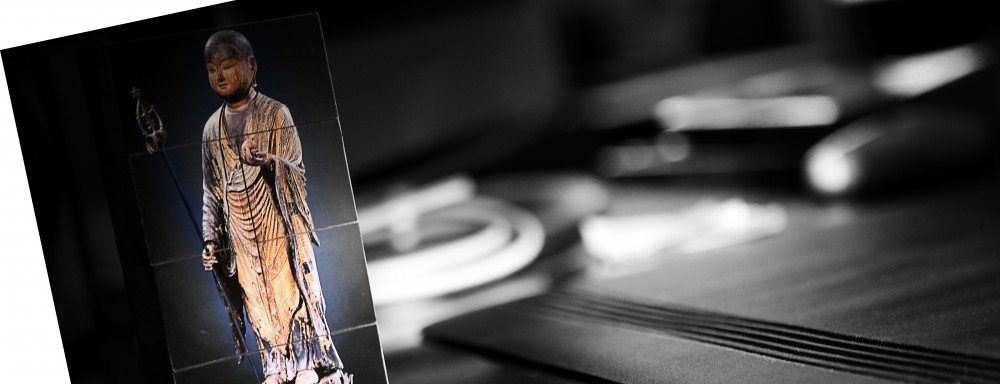Wednesday night I struggled with post-production for four hours before midnight. After all that the images I finished were so-so. After midnight, when I kept thinking I should be going to bed, suddenly I slipped into a creative mode.
Working on a photo closeup of flower buds on the parsley plant in my bedroom window, I altered the hue then added a photo filter and a solid color adjustment layer. I enlarged the canvas but now it took on the color of the color adjustment layer. I played with the opacity of the color adjustment layer and voila! There was the image I wanted! In quick succession, I took the original and once again, with a few deft strokes, I came up with the second image.
They’re not spectacular but working on those images suggested a direction for creating visual art. I want to create images that do not so much represent reality as tell of the inner promptings occasioned by the photographs. Instead of verisimilitude I want to build upon photographs to express my own aesthetic, even an artistic effect through the manipulation of colors, lines and shapes.
Today I only did this one image. Again nothing special but this image of asparagus hit the spot. In England they say, “Blue and green, only on the Queen!” Traditional artists don’t think blue and green should go together. But they do!
I could have done more today – the energy was high and bright – but my archival backup RAID drive suddenly went out on me last week. I could only read the files and couldn’t alter anything on the disk. On my old desktop computer, the RAID was connected via Apple’s Firewire 800 that my MacBook Pro does not support. Copying files from the corrupted drive was taking forever.
Finally this evening I went out and purchased a USB 3.0 external drive. Instead of hours copying took minutes. Shortly after midnight, I finished copying the files on the 3 TB mirroring RAID array. I couldn’t reformat it for RAID but was able to erase the drive and recover the 6 TB. It’s no longer RAID and it is USB 2.0. I’ll use it a third disk backup for my photo and video archive.
So, another day that could have been great for doing production work ended up as archival work. Such is the life of a photographer/artist. As much as I want to do fun, creative work, sometimes I have to use precious energy for grunt work!



